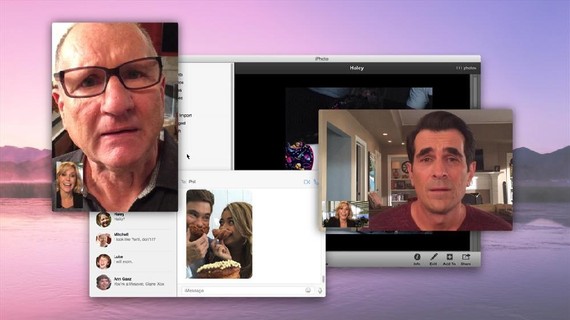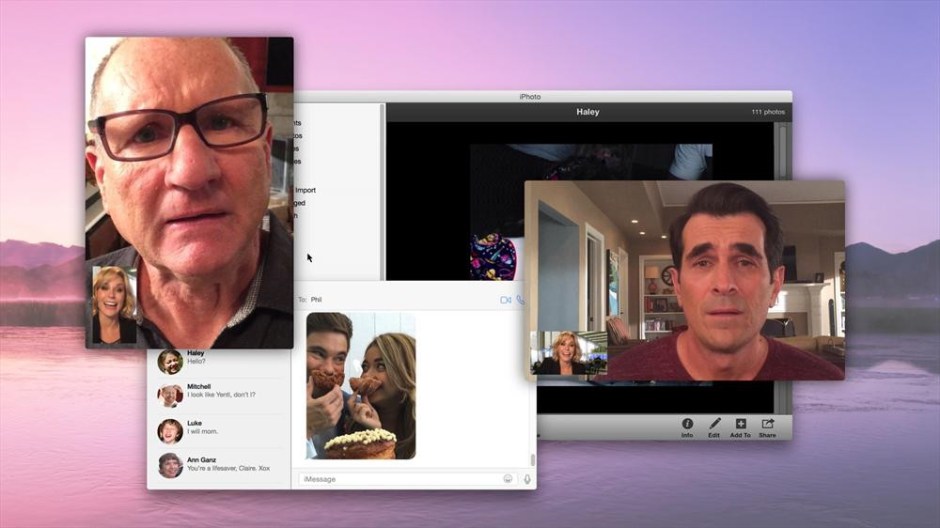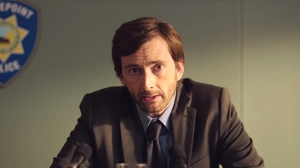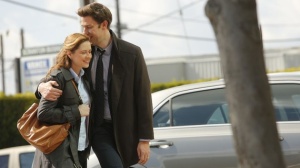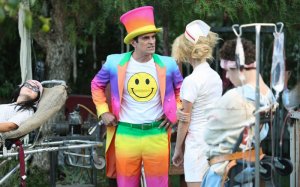
Few people were more upset than I over Modern Family’s return to Emmy dominance back in August, when it once again won best comedy, beating Louie (!), Veep (!!) and Orange is the New Black (!!!). But at the same time, I felt like the backlash against the show — some people seemed to want it taken off the air immediately — seemed overblown. As someone who had watched all five seasons worth of episodes, I knew that Modern Family still had its moments. This fall seemed like a good time to revisit the show, so I did that today for The Daily Beast:
So, following Jay’s advice and putting all the hoopla aside, it’s time to examine how good—or bad—Modern Family really is at this point in its run. After watching Season 6’s first three solid episodes, it’s clear that Modern Family is much better than many of its haters remember. It’s still reliably and solidly funny, capable of several genuine laughs each week, which is more than most network comedies can say. But equally evident is the fact that the show, while still entertaining, stopped being groundbreaking long ago, and serves largely at this point as comedy comfort food.
This story also gave me an opportunity to talk about the most bitter, loveless couples on television: Mitch and Cam, who should really go their separate ways. But I still love Audrey Anderson-Emmons, who plays their daughter, Lily, my favorite character on the show. And I admire the show’s restraint in turning Modern Family into The Lily Show.
In its sixth season, Modern Family is still worthy of adoration from audiences — just not Emmy voters.
Stop Hating on ‘Modern Family’ (But Also Stop Giving It Emmys)
